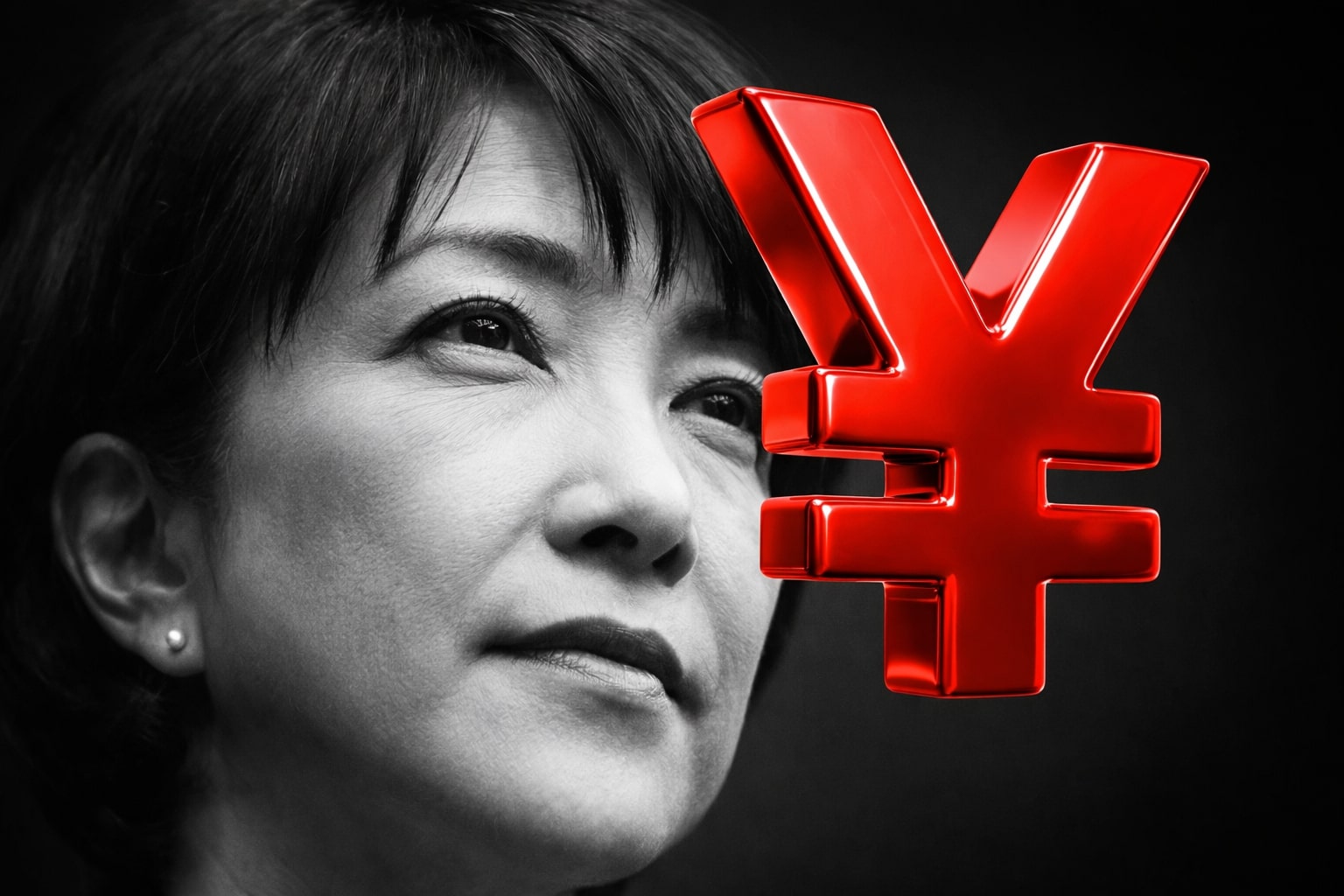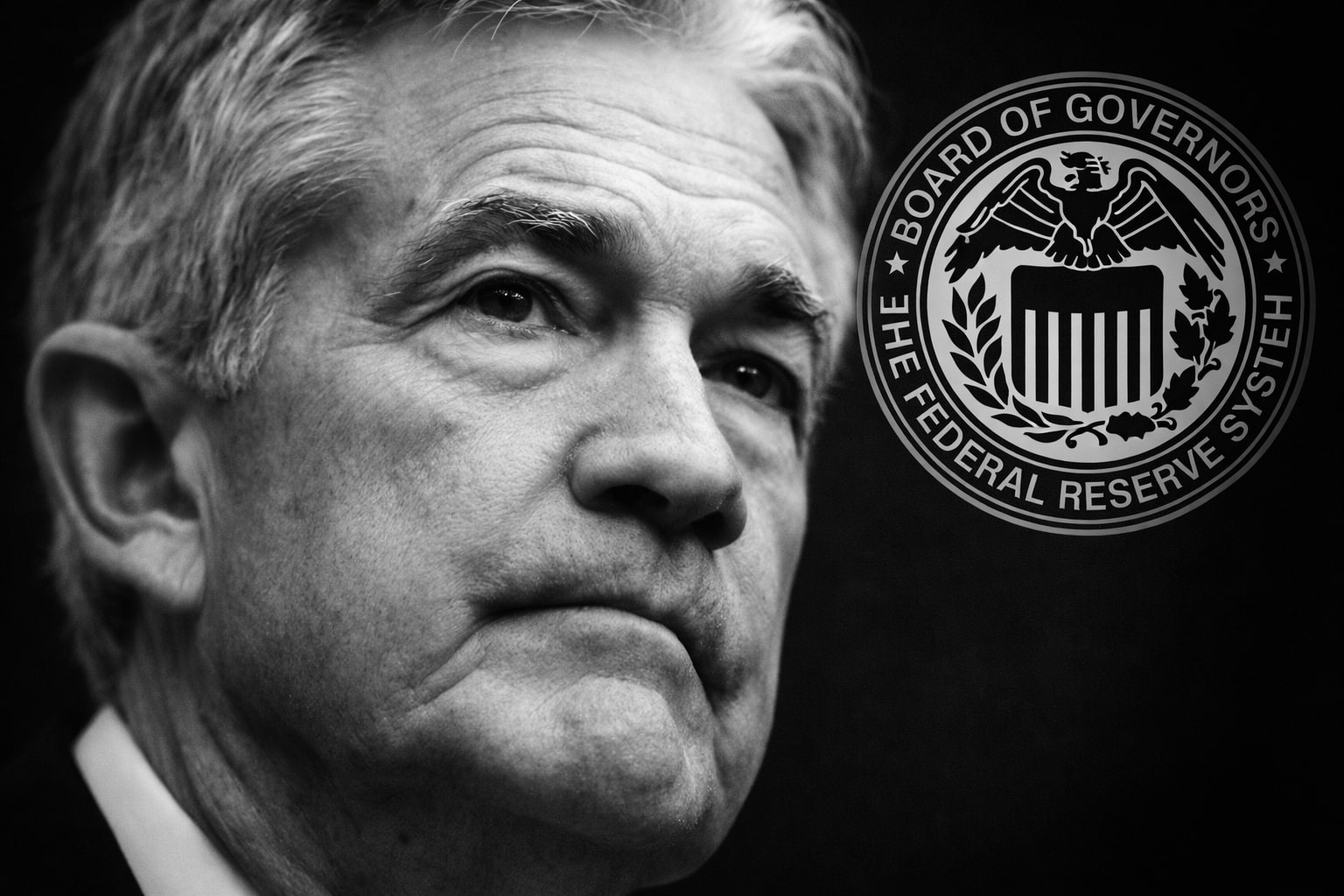USD/JPY Price Forecast: Volatility Spikes As Yen Strengthens And Traders Brace For Dual Central Bank Decisions
USD/JPY opened the session at 152.74 and declined sharply to 152.00, marking a 0.6% intraday drop, as renewed verbal intervention from Japanese officials combined with improving U.S.–Japan diplomatic relations triggered a wave of Yen buying. The pair’s volatility accelerated after President Donald Trump praised Japan’s new Prime Minister Sanae Takaichi, highlighting closer trade cooperation and Tokyo’s pledge to invest $550 billion in U.S. infrastructure, energy, and automotive expansion. The diplomatic boost reinforced the Yen’s strength amid growing confidence in bilateral trade stability. Meanwhile, traders refrained from new long-dollar positions ahead of this week’s critical Federal Reserve and Bank of Japan policy meetings, which could redefine the near-term path for USD/JPY.
Fed Rate Cut Expectations Pressure The Dollar As Powell Faces Political Scrutiny
The U.S. Dollar Index (DXY) slipped to 98.60, reflecting a mild 0.15% decline, as markets fully priced in a 25-basis-point rate cut by the Federal Reserve. While investors expect Chair Jerome Powell to maintain a measured tone, political tension added further uncertainty when President Trump criticized Powell directly, calling him “incompetent.” The criticism amplified volatility in Treasury yields, with the 10-year yield retreating toward 4.12%. The resulting narrowing of yield differentials between U.S. and Japanese bonds reduced the carry trade appeal that had underpinned USD/JPY’s eight-month rally. Despite this, analysts remain cautious about shorting the pair aggressively, as historical Fed cuts have often failed to sustainably weaken the Greenback in the early stages of easing cycles.
BoJ Policy Outlook: Kuroda’s Successor Balances Caution With Market Pressure
The Bank of Japan remains widely expected to hold its short-term policy rate at 0.5%, but recent market chatter suggests officials are increasingly uncomfortable with the Yen’s weakness around the 152.00–153.00 zone, where speculation about stealth intervention has intensified. The BoJ’s Yield Curve Control (YCC) adjustments earlier in the year allowed 10-year JGB yields to rise to 0.98%, but the move has not reversed capital outflows. Sources close to the BoJ indicate policymakers may hint at gradual tightening in 2026, though such communication will be subtle to avoid destabilizing the bond market. The Japanese Ministry of Finance (MoF) has previously intervened near these levels, and traders remain alert for signs of coordinated dollar selling if USD/JPY pushes above 153.50.
Technical Picture: Consolidation Above 151.00 Signals A Bullish Structure
From a technical standpoint, USD/JPY maintains its higher-high, higher-low formation, sustaining a bullish pattern despite this week’s pullback. The pair continues to trade above the 15-day moving average (151.89) and 20-day moving average (151.12), both of which slope upward, reinforcing the uptrend’s resilience. The RSI at 59.9 indicates moderate bullish momentum, showing that the market remains far from overbought. Immediate resistance lies at 152.70–153.00, a region that capped gains in September and October. A daily close above 153.00 would open the door to a continuation toward 154.50–155.00, where longer-term resistance from the 2022 intervention zone aligns. Conversely, sustained weakness below 151.00 could trigger a deeper retracement toward 150.00, the prior breakout point.
Market Structure: Traders Balance Intervention Risk Against Yield Advantage
The market dynamic around USD/JPY continues to revolve around the yield spread between U.S. Treasuries and Japanese Government Bonds (JGBs). The differential, currently near 360 basis points, still favors the U.S. dollar, but the narrowing trajectory signals a potential pause in the carry trade. Despite global risk-off tendencies and geopolitical uncertainty, Japanese institutional investors remain net sellers of domestic bonds, favoring higher-yielding U.S. assets. However, analysts warn that should the BoJ hint at tightening or the Fed cut rates twice by year-end, yield compression could spark a reversal in USD/JPY’s long-term trend. For now, short-term traders are focused on buying dips above 151.00, while larger funds hedge exposure near 154.00 in anticipation of intervention.
U.S.–Japan Trade Developments Add Political Volatility To Currency Markets
The announcement that Japan will invest $550 billion in U.S. sectors, including power, pipelines, and automotive manufacturing, has added a geopolitical dimension to Yen strength. Toyota’s commitment to build new plants worth $10 billion in the U.S. further underscores bilateral alignment. The strengthening diplomatic tone has tempered speculation that Washington might criticize Tokyo for currency manipulation, a concern that has hovered since the Yen’s depreciation beyond 150.00. Instead, markets view the renewed cooperation as constructive for global trade stability, temporarily limiting USD/JPY upside. Yet, traders recognize that such political goodwill does not offset core monetary policy divergence, which remains the dominant structural driver for the pair.
Comparative Momentum: USD/JPY Versus Other Majors
The Yen’s strength is evident across the forex board. On Tuesday, the JPY gained 0.58% against the USD, 0.48% versus the EUR, and 0.77% versus the GBP, leading global currency performance. The dollar’s mixed performance against other majors—down 0.10% versus the euro but slightly higher against the Canadian dollar—shows selective weakness rather than a broad selloff. This highlights that USD/JPY’s movement reflects specific Japan-driven flows rather than a generalized dollar retreat. Meanwhile, speculative positioning on the CFTC futures market shows net short Yen positions trimming by 12% week-over-week, indicating that traders are reducing bearish exposure ahead of the central bank decisions.
Short-Term Outlook: Range Trading Dominates Ahead Of Fed And BoJ Decisions
Heading into Wednesday’s Fed announcement and Thursday’s BoJ meeting, market volatility is expected to remain elevated. The implied volatility on one-week USD/JPY options jumped to 10.2%, the highest since August, reflecting uncertainty about potential intervention or policy surprises. Analysts expect Powell to emphasize data dependency while confirming gradual easing, which could briefly weigh on the dollar. In contrast, BoJ Governor Ueda may maintain a cautiously dovish stance, leaving traders to interpret subtle policy cues. As a result, the pair is likely to fluctuate within 151.00–153.00, with breakout potential post-meeting. If the Fed signals further cuts into December, USD/JPY could test 150.80, but sustained yield support should cap declines before 150.00.
Buy, Sell, Or Hold Verdict For USD/JPY
Based on current fundamentals, USD/JPY (152.10) remains in a structurally bullish pattern but faces short-term corrective risk. The combination of verbal intervention, narrowing yield spreads, and geopolitical stability could limit immediate upside momentum, yet the underlying carry trade structure keeps long-term bias intact. As long as the pair holds above 151.00, the setup favors a Buy on Dips approach targeting 153.50–154.50. Only a decisive close below 150.00 would shift the outlook to neutral. The broader macro divergence—Fed cutting while BoJ stays cautious—continues to underpin the dollar’s advantage over the yen, making USD/JPY a Hold with a bullish bias ahead of the dual central bank decisions.
That's TradingNEWS




















